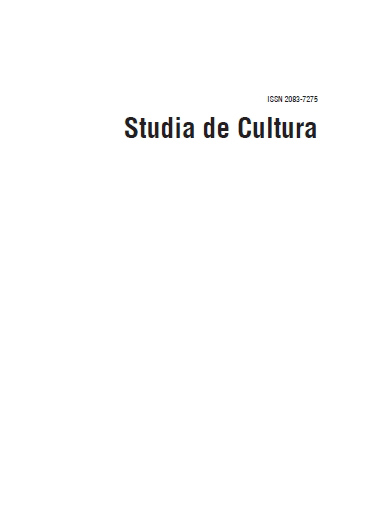Przestrzeń danych: między projektowaniem informacji a manipulacją. Analiza specyfiki przekazów infograficznych na przykładzie portalu Visualizing Palestine
The Dataspace: Between Information Design and Data Manipulation. The Analysis of Specificity of Infographic Messages Based on Case Study of Visualising Palestine
Author(s): Anna MajSubject(s): Social Sciences, Media studies, Communication studies
Published by: Wydawnictwo Uniwersytetu Komisji Edukacji Narodowej w Krakowie
Keywords: data visualisation (datavis); graphic design; data journalism; data manipulation; data politics (ideology); visual communication; visual persuasion; dataspace
Summary/Abstract: The goal of the paper is to present the issues concerning data visualisation in communication context. Infographics nowadays becomes – due to data journalism and popularity of visual media – a commonly used tool; but still little recognition is given towards manipulatory features of graphic design which is presented to its recipients as illustrating, translating and explaining statistical and textual content in systemic, ordered and visual way that connotes simplicity, universality and objectivity. The author tries to prove that idealistic information design theories impact the communication process (on one hand giving the space for data manipulation, on the other – creating an ideal image of a designer seen as a guard of objectivism and an owner of an interpreter’s competences, thus they evoke recipients’ vulnerability in decoding the language of data visualisation and deprive them of awareness, which they should devote to persuasive messages). Whereas graphic message is not only of an educational nature but also often of a political or – widely speaking – an ideological one. The goal of the analysis of infographics published at the Visualizing Palestine website (chosen for its global range and popularity, as well as for the political polarisation of its recipients and for innovative, participative and grassroot character of the design process) is to indicate the technics of visualisation as interpretation and also data manipulation, as well as to prove the discoursive potential of infographics as a communication tool. The paper aims at drawing attention to the common lack of competences in the range of decoding meanings of datavis and the nonchalance whether conscious or not) of designers in their usage of data.
Journal: Studia de Cultura
- Issue Year: 9/2017
- Issue No: 4
- Page Range: 39-52
- Page Count: 14
- Language: Polish

